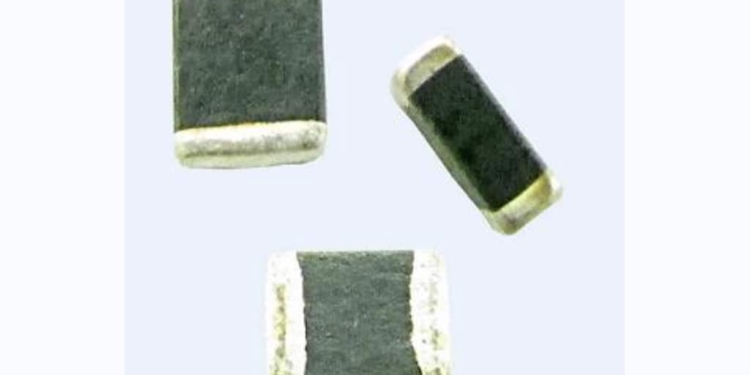Source: Stackpole news
Stackpole’s ZV Series of multilayer varistors protect low voltage electronics from high voltage transient surges. The ZV is available in sizes 0603, 0805, 1,206, 1,210, 1,812, and 2,220 in AC operating voltages from two to 130V, DC operating voltages from three to 170V.
The ZV offers bi-directional protection in accordance with IEC 1000-4-2, MIL-STD 883C Method 3015.7, as well as other ESD industry standards. The ZV is AEC-Q200 compliant and has an operating temperature range of -55 to +125°C with higher operating temperatures available (ZVY).
Applications include:
- ASIC inputs
- Controllers
- Medical devices and instrumentation
- Audio circuitry and preamps
- Security systems
- LCDs
- Optics and opto-isolators
Pricing is size and voltage dependent and ranges from $0.05 to $0.50 each in full reel quantities.































